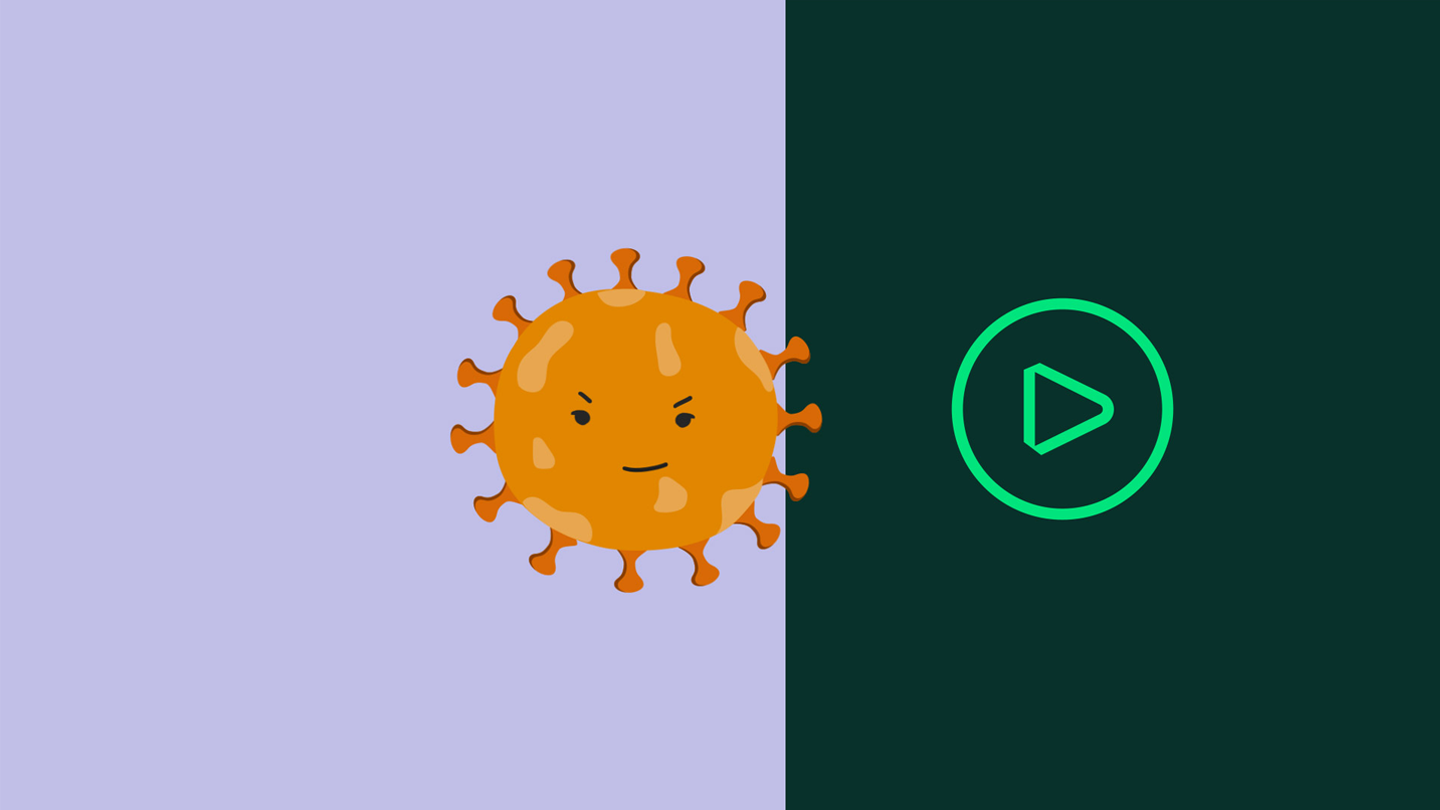Veterinary public health preparedness: what to know about transboundary animal diseases
Transboundary animal diseases (TADs) are highly transmissible diseases of livestock such as bluetongue virus, foot-and-mouth disease and avian influenza. They play an important role in veterinary public health preparedness – as these infections can be felt beyond animal health. They can impact access to food and affect each one of us. Indirectly, by determining how much we pay for our food, by impacting what we eat or even directly – by making us sick. Test your knowledge.

False.
Despite being highly transmissible diseases of livestock such as bluetongue virus, foot-and-mouth disease and avian influenza, transboundary animal diseases (TADs) can have a direct impact on people with different consequences. Some TADS are zoonotic, which means they can be transmitted from animals to humans and vice versa. One of the most notable examples is the avian influenza virus, which can jump from birds to other mammals – including humans, having the potential to cause a pandemic in the future.
Early 2024, risks for the public are considered low, as the virus doesn’t currently transmit from person to person. However, scientists and international bodies such as the World Health Organization (WHO) keep monitoring the developments. The WHO sees the ongoing circulation of these viruses in poultry as “concerning , as they can result in mild to severe illness and death, and also have the potential to mutate to become more contagious”.
That said, TADs can also have an indirect impact on humans and society in general, leading to economic losses, disruption of trade, animal protein shortages or price increases and even threats to food security. These disruptions can be felt at local, national, and international levels.

True.
Transboundary animal diseases (TADs) disproportionally affect communities and countries in the Global South, but these diseases can cross national borders and affect animal populations in multiple regions or countries. Actually, TADs know no borders, really representing a global challenge. Some examples of its omnipresence are bigger outbreaks of foot-and-mouth disease in Europe and Argentina in 2001, recurrent bluetongue virus outbreaks since 2023 in Europe and the multiple epidemics of avian influenza be it in the United States, South America or Europe.
Scientists expect the spreading potential of these diseases to grow in the future. In part, due to virus mutations, globalization (with more people and animals on the move) and climate change – since some TADs are vector-borne, such as the bluetongue virus, transmitted by a midge.

False.
When transboundary animal diseases (TADs) break out, culling infected animals or even animals at risk is common practice to control disease and stop spreading. However, preventive measures based on international cooperation, strict biosecurity, vaccination and surveillance can prevent the spread of TADs and contribute to their elimination. Our vaccine portfolio is constantly evolving to address challenges posed by viruses such as the foot-and-mouth disease, bluetongue and avian influenza, among others.
Related Content

Avian influenza? Bluetongue virus? FMD?


